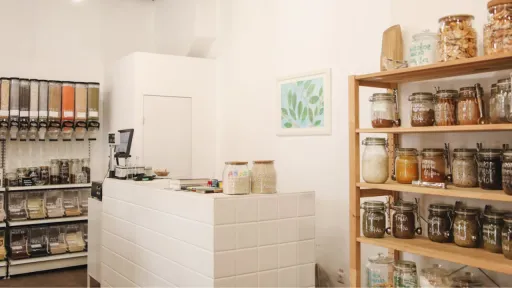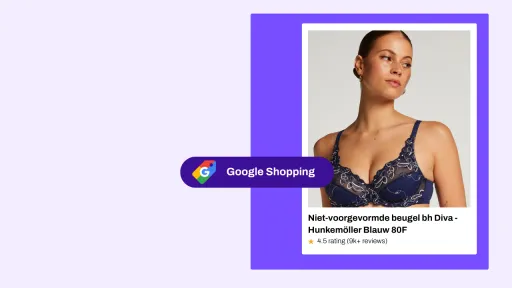In today's digital world, it is crucial to use data to achieve your business goals. Conversion Rate Optimization (CRO) is an important part of digital growth and is a data-driven method to increase your revenue. However, CRO is an optimization method focused on sales strategy and therefore not a sustainable strategy. Customer Experience Optimization (CXO) takes optimization to a higher level and focuses on the complete customer experience. CXO optimizes not only the purchase experience but also brand experience and customer satisfaction, ensuring a sustainable relationship with a loyal customer. But how can you as a company or team prepare for the transition from CRO to CXO?
First, it is important to know if your company is ready for the transition to CXO by answering the following questions.
- Is your company focused on conversion or is customer satisfaction central?
- Is your company still focused on the highest return from your current channels, products, and services, or does your company think beyond short-term goals?
- Is your company open to changes in objectives and ways of working?
Customer Experience Optimization is not a one-time project, it is a way of working. It comes from a CX Strategy and often goes hand in hand with digital transformation.
To work Customer Data Driven, you must start by distinguishing the goals of the customer. You can do this by plotting customer feedback on models such as Aaron Walter's 'Pyramid of User's Needs', Maslow's 'Hierarchy of Needs' or your own model. To connect customer goals with your program's objectives, you need tools. In a CXO program, we call these 'Enablers' or 'Themes'. An example of an enabler is 'Personalization'. This way, you can turn customer needs into business goals and increase your conversion rate.

But why is CRO dying out and what is the alternative?
CRO is a good start but not enough to achieve business goals. Break down the silos within your organization and focus on the complete customer journey. Focus on more than just transactions, but also metrics that measure customer satisfaction such as Customer Satisfaction (CSAT), Reviews, and Net Promoter Score (NPS).
This means using a customer-centric approach to achieve your business goals and turning customer needs into business goals. By using enablers and actionable insights, you can increase your conversion rate and achieve your business goals.
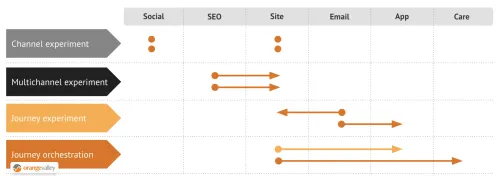
3 Steps to Prepare for the Future of CRO
The first step is to inventory your resources. This means mapping out what data you have and how you can use it to achieve your business goals. The data may reside in different systems. Often, information within an organization is dispersed and communicated only within departments to improve team or business unit objectives. This is also known as a Silo culture.
The second step is to provide insight based on data. Reporting quantitative or qualitative data does not provide insight that your company can act upon. This means you must communicate actionable insights to help stakeholders achieve business goals. So think about the purpose of your stakeholders.
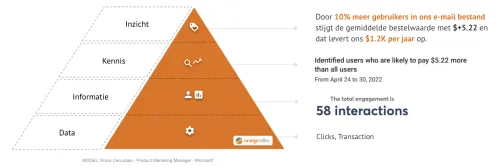
The third step is to discover where AI can help you. By applying AI at the right moment and understanding where AI can contribute to creating structure and automation, you can optimize the collection and communication of insights. Gather the insights on an 'Insights platform' or central knowledge base such as MetaDimensions that is accessible to everyone within the organization.
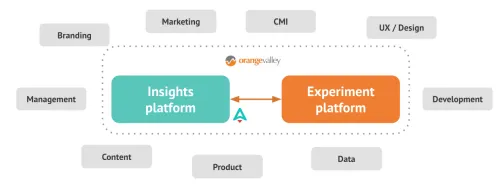
Want to know more about Customer Experience Optimization and how to prepare for the future from CRO to CXO? Contact us and discover how Follo can help your company with a CXO scan to start a 'culture of experimentation' by setting up a data-driven Customer Experience strategy and optimization program that transcends silos within your organization.

